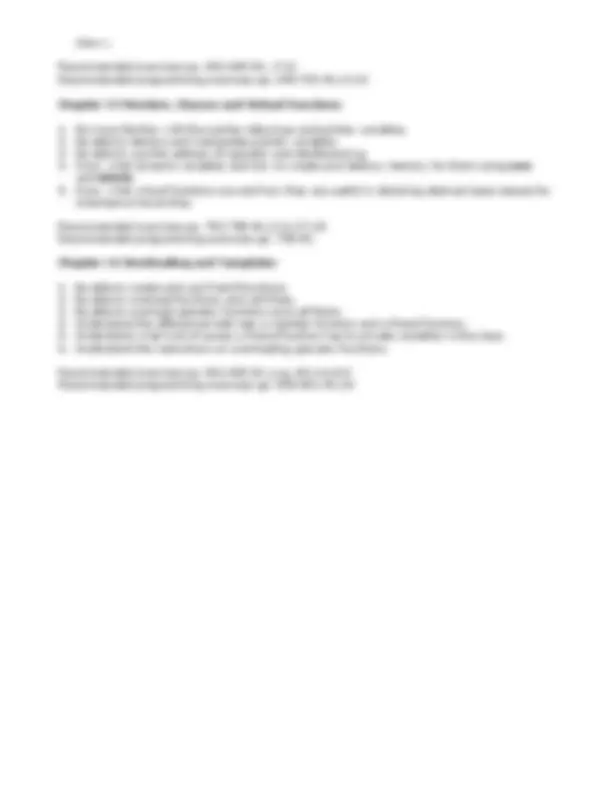
!
!
"!!
#$ %&"%
#''$ % (&
!
)!*'+,)*'
+'++'+,
-.!'++)!++
,*
#$( ("&/"
#''$("(&
"#$%
+
#$00&
#''$00 &
&'(
1+!
2
''!++
#$"%"&
#''$"" &
)*
!++++'+
1!+3++
+
1!+3++
++
1+!++++
)$$*!+++)
$*/+
"1!+3+$+
01!+3$+










